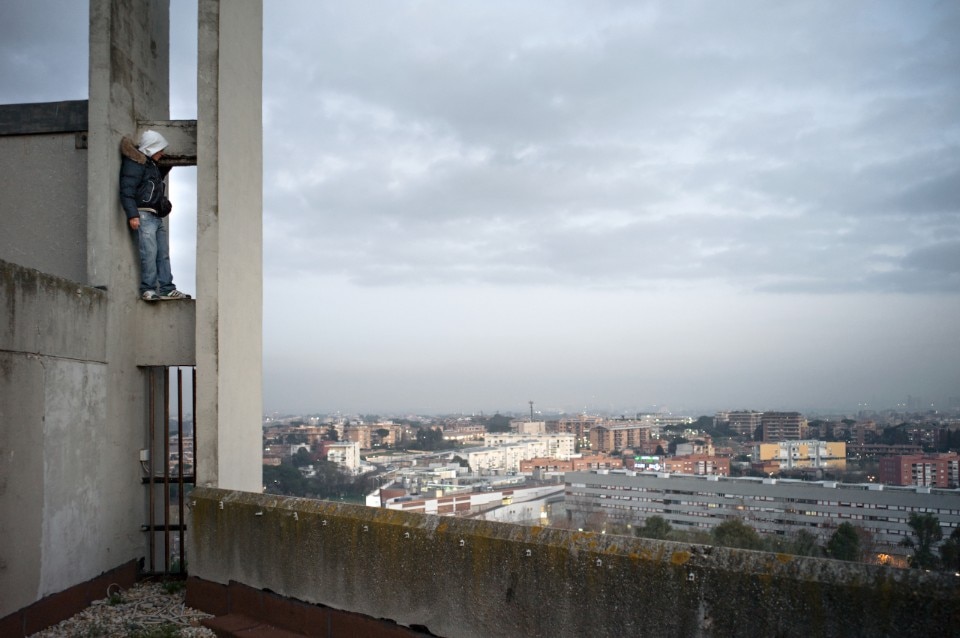In Rome, contradictions and reconciled opposites are endless, assuming that the city, despite being founded over 2770 years ago, is in fact deeply modern, as they are 92% of its buildings, which are certainly not ancient. The Eternal City still lives on its myth, but Rome’s contemporaneity can only be described as the fusion and succession of different, often contradictory elements. A “metahistorical and metageographical paradigm” as it is described in The Passenger – Roma [1], a collection of essays and photographic material published by Iperborea for the 150th anniversary of Rome’s establishment as the capital of Italy. For the occasion, we have spoken with Giuseppe Grant of the architecture collective Orizzontale, from Caserta but with Roman origins who lives in Rome, and Christian Raimo, writer and councillor for culture at the capital’s Municipality III. And it is from his recent experience as a councillor that Raimo begins by bringing to the table a so representative example of paradoxes that it seems to have come straight out of a writer’s imagination as to be essentially normal in Rome. That of a statue that cannot be moved from where it is.
Durante una pandemia e una crisi economica e dopo un anno in cui siamo stati chiusi in casa, noi in terzo municipio, che...
Posted by Christian Raimo on Tuesday, February 16, 2021
“In our municipality we are pushing ahead with Piazza Sempione’s pedestrianisation. However, there is a neighbourhood committee that is resisting a very nice project by Studio Bradaschia, which involves moving a five-metre statue of the Madonna, currently located in a traffic island in the middle of the roadways. This is a minimal operation to enhance the work, but in February a banner appeared in the square saying ‘Hands off the statue’, and a petition was started by Catholic extremists. This week – at the International Women’s Day – the Non una di meno movement demonstrated against clerical obscurantism. This is the debate in Rome. It is a city where the main stakeholders are old people, the main owners of what happens in the city. It is also clear that Orizzontale in any other place would have already changed many of the imprints of what happens in Rome, while for now they stop at a very interstitial work.”
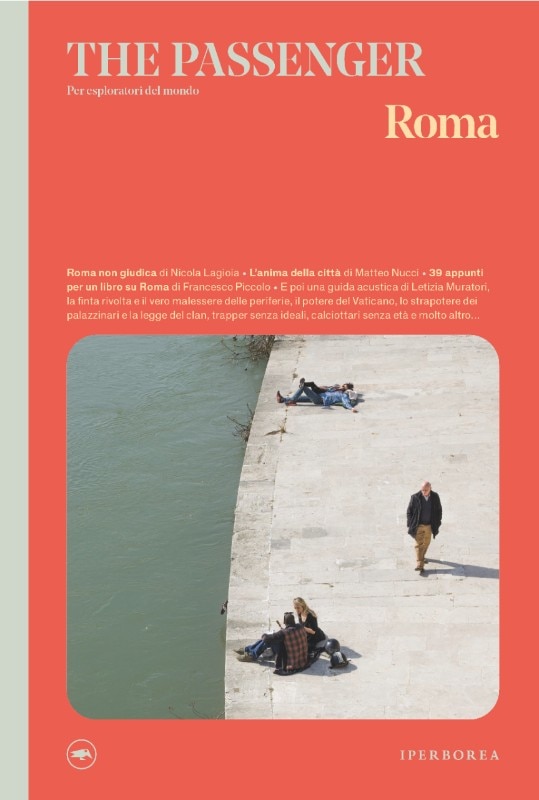
Let’s start with a macro-theme, which is an anagram as well: Roma-Amor, or that relationship of love and hate, of praise and criticism, that binds the Roman citizen to his/her city.
Christian Raimo: There is an initial imagery of Rome characterised by immobility, degradation, and politics, while there is a second one that is much more karstic, and at least partly international, almost totally absent. For me, the idea of love and hate that one feels towards a capital city is something more, as a desire that needs to be emancipated, which until now has not been recognised. Rome is a retrospective city, where the myth is much bigger than what it really is. Taking a census of the books that have come out in the last year, I have identified around twenty books with the title Rome, and that’s it. The myth, the self-representation, the absoluteness of this city is cumbersome. Andrea Giardina and André Vauchez in their book The myth of Rome [2] tell of a city enchanted by its story, which means empire, papacy, palace, and essentially power. On the other hand, it has also created a myth of anti-power, of sedition: Remoria [3], Giordano Bruno, Pasquino, the Roman Republic, the Roman resistance, are just a few examples. What has almost been aborted in Rome, however, is science fiction. The city has given rise to an imagery of science fiction, gothic, steampunk – for example the relationship between Piranesi and Nolan is an established one in cinema – but this has failed to trickle into the fabric of design. While today we cannot think of New York without thinking of 1977: Escape from New York, or London without J. G. Ballard, it is very difficult in Rome.
Rome is a retrospective city, where the myth is much bigger than what it really is.
Giuseppe Grant: Aldo Rossi described the space-theatre as a space where everything happens and everything does not happen, where everything is told without a clearly defined script. In my opinion this is Rome: either you hate it, or you do not. It is also difficult to target the citizen and the user of the city. As an international stage, there are those who have obviously lived there for a longer period and those who are just passing through it. The latter are the most penalised, they will never fully understand Rome. I think the problem is to progressively override a vision, rather than an imaginary one: to relate to the empty space, which represents the street, the place of transformation, development, and anything that affects the growth of the city. In Rome, the theme of public space, as well as space of possibility, is almost completely missing. Little is said about it as a productive asset because it is not remunerable.
CR: I would add that in Rome you profit from the impossibility of having public space, the absence of public or cultural places. Since there are no youth centres, for example, a lot of people precisely work by exploiting this lack. So public space does not really produce anything, it produces income for those who have places that monetise the absence of public space.
GG: We are also used to suffering social and formal contexts that are not really similar to the historical centre. Public space as a productive resource is part of a functionalisation policy, of activating dynamics that sometimes do not just change the space, but are rather the preconditions for channelling both human and social resources, which already have their own very strong imaginary. The task of the designer and of politics is to interpret already existing potential and to be part of this process.
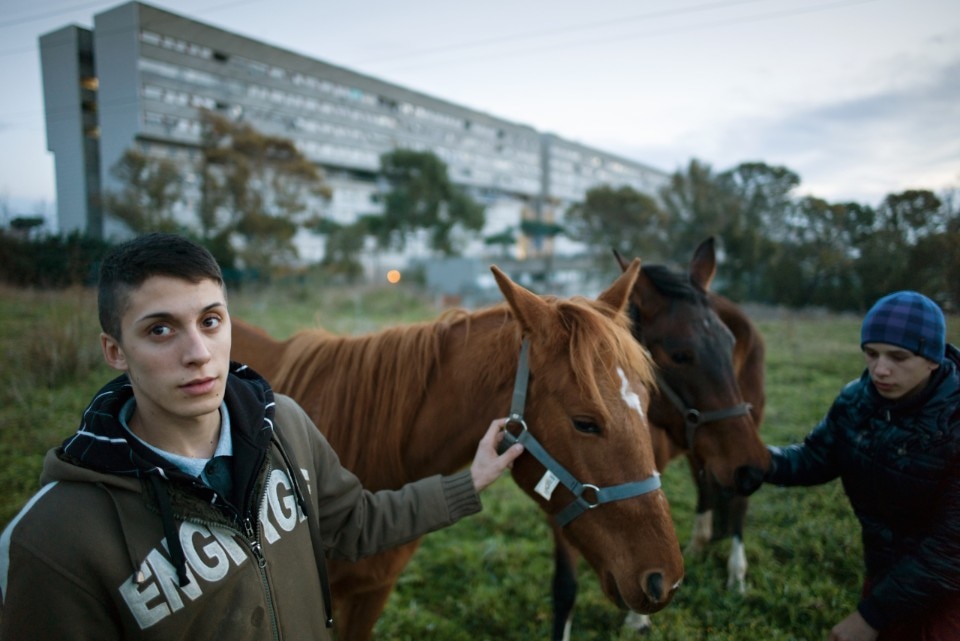
In spite of popular belief, 92% of Rome’s buildings are new, and in any case were built after the Second World War. What is the relationship between the city centre and the rest of the city?
CR: That 92%, which for me is really 99%, has so far been seen as the suburbs where people live, as the place that should be given prominence. Moreover, the city centre is Palazzo Montecitorio and the Vatican’s seat. In an area that really is 1% of the city, there are 900 parliamentarians, which means – among party secretaries, body men etc. – a microcosm of about 100,000 people who put together the city of power. The Vatican, on the other hand, is a very immovable presence, precisely because it is constant in terms of real estate. Moreover, especially in this pontificate, one feels so much the idea of Pope Francis Bergoglio, who suffers from the lack of this international component in the city. It is an ambivalent presence, because while on the one hand it is that of the Great Beauty, it is also that of Caritas. I believe this is part of Rome’s soul, where extreme wealth and extreme poverty have always coexisted.
Are there any interstitial or suburban situations where uses of the city are being configured, perhaps even designs from below, that contrast what one would expect?
GG: We at Orizzontale are struggling to manage a project in Largo Bartolomeo Perestrello, a no-name square recognised as a legal vacuum. Since 2012, we have been trying to bring attention to the experimentation of small interventions, which can however create transformations both in the short and long term. It is an example that flows into a very dynamic discourse, on which we could make a prototypical argument about the definition of a new strategy of public space transformation, based both on self-determination and channelling of synergies and energies, and on the definition of a public and dynamic space, created by a collective consciousness. Another very interesting example is the Lago Bullicante, which emerged about twenty years ago as a result of a para-speculation operation. Buildings were to be constructed there, but the construction of the foundations suddenly stopped because of an aquifer. This huge space has been confiscated, but now we have to figure out how to address it in the legislation because it is not yet recognised as a public space.
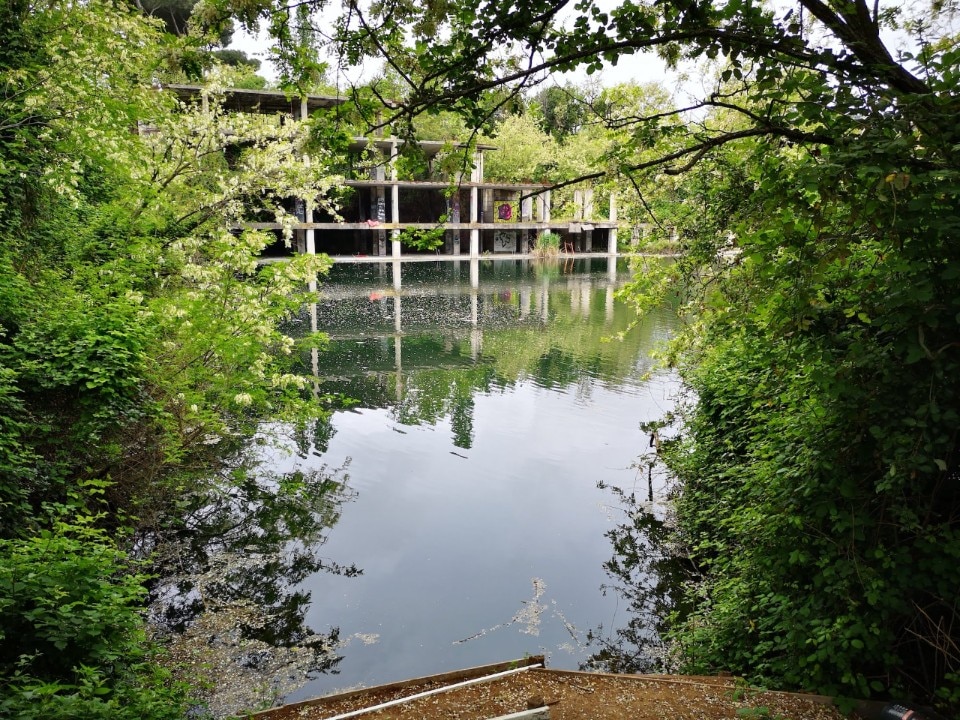
CR: There are some unknown neighbourhoods to those who do not live in Rome, such as Quartaccio and Ottavia-Palmarola. They are very badly built places, where there is not even a do-it-yourself city. Then there are some interesting conflict places, such as Tor Bella Monica and San Basilio. These are neighbourhoods where geo-national and social issues are immensely talked about in the public discourse, but those stories never coincide with the real lines of conflict within the stories. One of the things that is not talked about is the importance of female figures. In Roman politics from below, women are much more important than men, for a number of reasons, including economic ones. In the lower classes, women work much more than men, simply because care work is a much safer job than building or petty crime. This, for example, was noticed because of the pandemic, which often brought single-income female families to their knees. Then, I am very interested in the area surrounding Roma Urbe Airport, with the houses built around the structure and the university of aerospace engineering, where there are no Italian students except for four or five. From there we arrive at Labia Park. The amount of not green but countryside within the city is enormous. Kilometres and kilometres of countryside and we still do not understand the potential of a large agricultural municipality.
Let’s talk about the Varani murder, for example. For someone not from Rome, he does not know that the distance from Varani’s house to Foffo’s is 31 km. When they call him, it is about 1:30 a.m. promising him 150 euros. Varani takes the night bus: from La Storta to Colli Aniene you have to take two night buses and it takes about two and a half hours. For me, the massacre happens when he takes the bus at two in the morning. There are so many class relations and ghettoisation in Rome, that while Foffo and Prato spend 1500 euros of cocaine in four days, a person makes two hours of travel at night for 150. If you then consider that there are about 20,000 homeless people, about 7,000 in Roma camps since 1994, another 6,000 in informal encampments, plus the two largest state prisons, we arrive at about 40,000/50,000 people without citizenship in places of internment and absolute social marginality. In fact, the city does not live from the suburbs but from these ghettos.
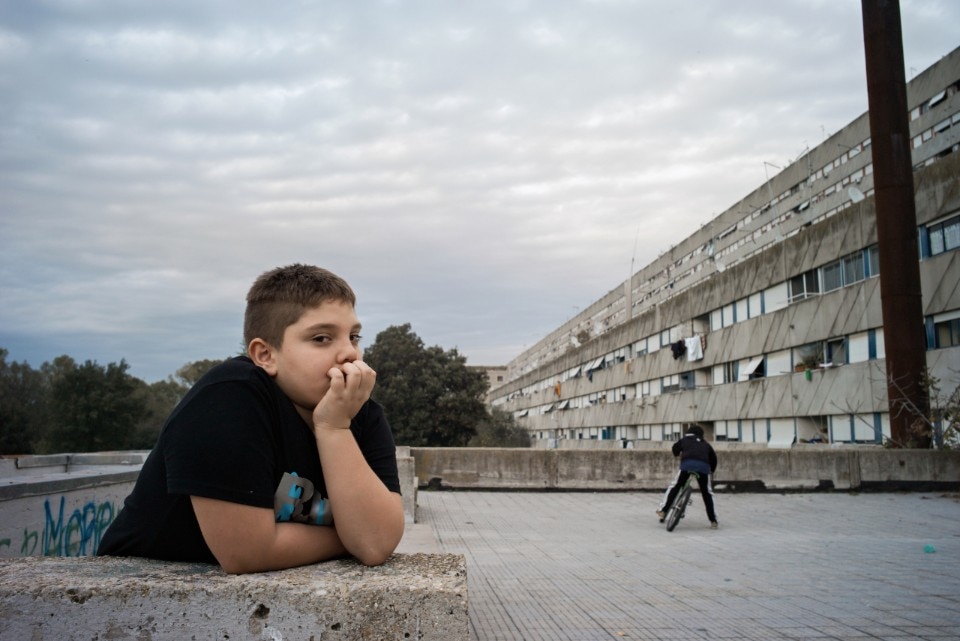
The subject of the future and potential improvement has not yet come up, and Rome is treated more like an archipelago than a city.
GG: Actually, those who live in the city are rooted in the present, because every day you live with an idea that is a little bit accepting and a little bit hopeful. But the future is also based on an idea of genuine irony for the Romans, so that we can project ourselves into the future with a progressive attitude.
CR: A very good book about the future is Una Capitale sul mare [4] by Gualtiero Bonvino, a London-based architect and urban planner, set entirely in Ostia. He uses science fiction to make a rendering of a Mediterranean, marine city. Well, if I had to think of a plan for Rome’s evolution, I would think of a city projected very much on the Mediterranean and the natural dimension.
GG: Ostia can create an acceleration of an idea of the future. But I would also look at all those spaces that create an archipelago of tiny islands, which fill all those interstitial spaces that the city pretends not to see. With Orizzontale we initially wanted to bring together all those resources that a metropolis gives you in the form of waste, which are both material, such as waste from supply chains and unused spaces, and immaterial, such as uses or dynamics of relationships more related to social relations. In an earlier view, we compared the role of the architect to the dowser of our times. One goes in search of a goal, as in our case it is to try to stimulate the reactivation of a barren public space. But the role of a dowser is nothing more than to continue this exhausting search for water, which can be annoying and boring, but perseveres and insists, because there is a basis of rightness. It is a collectively felt sense with a useful and necessary connotation, so if you eventually find water at that point it will not be a small spring, but a geyser.
Opening image: A lookout watches Rome from the cordial rooftops overlooking the city. Photo Andrea Boccalini - Prospekt Photographers
- [1]:
- Roma. The passenger. Per esploratori del mondo, Iperborea, 2021
- [2]:
- Il mito di Roma: da Carlo Magno a Mussolini, Andrea Giardina e André Vauchez, Editori Laterza, 2000
- [3]:
- Remoria: La città invertita, Valerio Mattioli, Minimum Fax, 2019
- [4]:
- Una capitale sul mare. A trent'anni dal progetto litorale '83, riflessioni su una nuova politica per Roma, Gualtiero Bonvino e Francesco D'Ausilio, Palombi Editori, 2013


